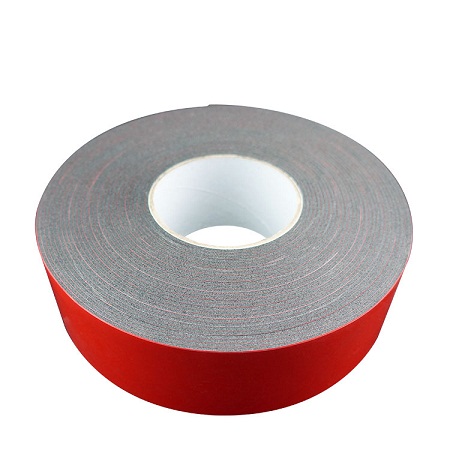Les avantages des semelles eva?
xinst09 mai 2020
Les semelles intérieures en EVA ont différentes couleurs et dureté , résistance à l'eau: structure à cellules fermées, pas d'absorption d'eau, résistance à l'humidité, bonne résistance à l'eau. Résistance à la corrosion: résistant à l'eau de mer, à la graisse, aux acides, aux alcalis et à d'autres produits chimiques, antibactérien, non toxique, insipide et sans pollution. Q Processabilité: pas de joints et facile à traiter comme le pressage à chaud, la coupe, le collage, le laminage, etc. Anti-vibration: haute résilience et résistance à la traction, forte ténacité et bonne résistance aux chocs / tampons. Isolation thermique: l'isolation thermique, l'isolation thermique et les performances à basse température sont excellentes, peuvent résister au froid et à l'exposition. Isolation acoustique: cellule fermée, bon effet d'isolation acoustique.

EVA insole is a fortune rose insole made by processing EVA as the main material, which is widely used in the shoemaking industry and insole market. EVA insoles are usually made of EVA as the main material of insoles, combined with fabrics, leather, and other fabrics.
EVA is an ethylene-vinyl acetate (vinyl acetate) ester copolymer. It is produced by copolymerizing ethylene (E79fa5e98193e59b9ee7ad9431333431376633) (E) and vinyl acetate (VA). The English name is: Ethylene Vinyl Acetate, referred to as EVA, or E / VAC . Generally, the content of vinyl acetate (VA) is 5% -40%. Compared with polyethylene, EVA introduces vinyl acetate monomer in the molecular chain, thereby reducing the crystallinity, improving flexibility, impact resistance, filler compatibility and heat sealing performance. In general, the performance of EVA resin mainly depends on the content of vinyl acetate in the molecular chain. Because the proportion of constituent components can be adjusted to meet different application needs, the higher the content of vinyl acetate (VA content), the greater the transparency, softness and toughness.

